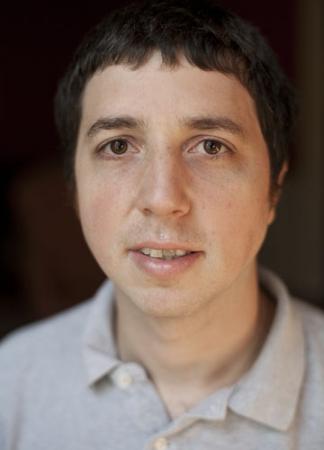Our ability to pick out objects and immediately characterize them is a trait we tend to take for granted. Even toddlers can distinguish a car from other objects in a given scene, such as a bus, a truck, a tree, a house, or a road.
“What seems simple is actually quite complex,” said Pedro Felzenszwalb, incoming associate professor of engineering. “It’s very subconscious. There’s a lot going on, and we don’t understand what the brain is doing, although we realize that there’s a lot that the brain is doing.”
Much of Felzenszwalb’s research is focused on computer vision, a field that uses algorithms and modeling to teach machines how to see. It’s tremendously complex, requiring the bridging of “semantic gaps,” as Felzenszwalb describes them, to enable computers to properly interpret visual cues in order to understand the content of an image.
“A lot of my work is trying to figure out how to build models that can represent interesting things but at the same time are amenable to computation,” Felzenszwalb said.
Back to the car. How can a computer model successfully describe a car? “These models are difficult to come up with, because there’s a lot going on when the image is formed,” Felzenszwalb said. “There are many different types, many different materials (for cars). You take a picture, and you need to factor in how the car looks based on color, the position of the camera relative to the car, other objects in the image, the light reflected, et cetera.”
Computer vision has important applications, including robotics and artificial intelligence, medical image analysis and computer graphics, as well as aiding our understanding of human perception and intelligence.
Felzenszwalb, 34, comes from the University of Chicago, where he was associate professor of computer science. He said that at Brown, he will be part of a computer-engineering group that will include researchers from applied mathematics, computer science, engineering, and possibly other disciplines. “It’s hard to box in,” he said.
Felzenszwalb grew up in Rio de Janeiro. His father is a mathematics professor at the Federal University of Rio de Janeiro, while his mother is a ceramics artist. His interest in computers began to blossom when as a young boy he programmed his own video games and built his own computer from a kit he had ordered. “You had to program it by flipping switches. I really like that kind of stuff,” he said.
He enrolled at Cornell and got involved in the robotics lab. “I’ve always really liked robots. I thought they were cool,” he said.
From there, Felzenszwalb earned his master’s and Ph.D. degrees in computer science at the Massachusetts Institute of Technology. He joined the faculty at Chicago in 2004 and was elevated to associate professor four years later.
He and his wife, Caroline Klivans (whom he met at Cornell), have bought a house on College Hill. The couple plan to get outside as often as they can with their children, Aaron, 4, and Audrey, 1.
By Richard Lewis

No comments:
Post a Comment